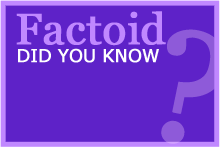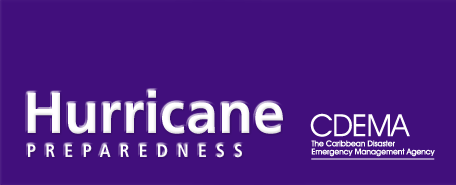|
|
Glossary
There are 83 entries in this glossary.| Term | Definition |
|---|---|
| Thunderstorm |
A local storm produced by a cumulonimbus cloud, always with lightning and thunder, and usually accompanied by strong gusts of wind, heavy rain, and sometimes hail. |
| Tradewinds |
The wind system, occupying most of the tropics, which are northeasterly in the Northern Hemisphere and southeasterly in the Southern Hemisphere. |
| Tropical Cyclone |
A general term for all cyclone circulations originating over tropical waters. Its characteristics include a warm-core, non-frontal pressure system of synoptic scale that originates over the tropical or subtropical waters and has a definite organized surface. Used to define wind circulations rotating around an atmosphere which include tropical depressions, tropical storms, and hurricanes. The strongest winds of this cyclone are near the Earth's center. |
| Tropical Depression |
A tropical cyclone in which the maximum sustained surface winds (1 minute average) are 61 kph (38 mph) or less. Characteristically having one or more closed isobars, it may form slowly from a tropical disturbance or an easterly wave, which has continued to organize. At this point, it gets a cyclone number, starting with "TD01" at the beginning of each storm season. Aliases (separate with |): TD
|
| Tropical Disturbance |
A discrete system of clouds, showers, and thunderstorms (organized convection) that originate in the tropics. Generally 100 to 300 miles in diameter and originating in the tropics or subtropics, disturbances have a nonfrontal migratory character, and maintain their identity for 24 hours or more. It may or may not be associated with a detectable perturbation of the wind field. An upper level of low pressure causes this to occur. Approximately 100 of these types of events occur annually during hurricane season. |
| Tropical Storm |
A tropical cyclone in which the maximum sustained surface wind speed (1 minute average) is within the range of 63 to 117 kph (39 to 73 mph). At this point, the system is given a name to identify and track it. In the Atlantic/Caribbean/Gulf of Mexico basin, the names start with "A" each season. Aliases (separate with |): TS
|
| Tropical Storm Warning |
A warning issued by the National Hurricane Center for tropical storm conditions including possible sustained winds within the range 63 to 117 kph (39 to 73 mph) which are expected in a specified coastal area within 24 hours or less. Advisories will be issued every three hours if the storm is close to land. |
| Tropical Storm Watch |
An announcement issued by the National Hurricane Center for specific areas that a tropical storm or a forecast of tropical storm conditions poses a possible threat to coastal areas generally within 36 hours. A tropical storm watch normally should not be issued if the system is forecast to attain hurricane strength. |
| Tropical Wave |
Another name for an easterly wave, it is an area of relatively low pressure (trough) moving westward through the trade wind easterlies. Generally, it is associated with extensive cloudiness and showers, and may be associated with possible tropical cyclone development. |
| Tropics |
The region of the earth located between the Tropic of Cancer, at 23.5 degrees North latitude, and the Tropic of Capricorn, at 23.5 degrees South latitude. It encompasses the equatorial region, an area of high temperatures and considerable precipitation during part of the year. Aliases (separate with |): Tropical
|
| Typhoon |
A hurricane that occurs in the Pacific Region of the Philippines or the China Sea. |


























